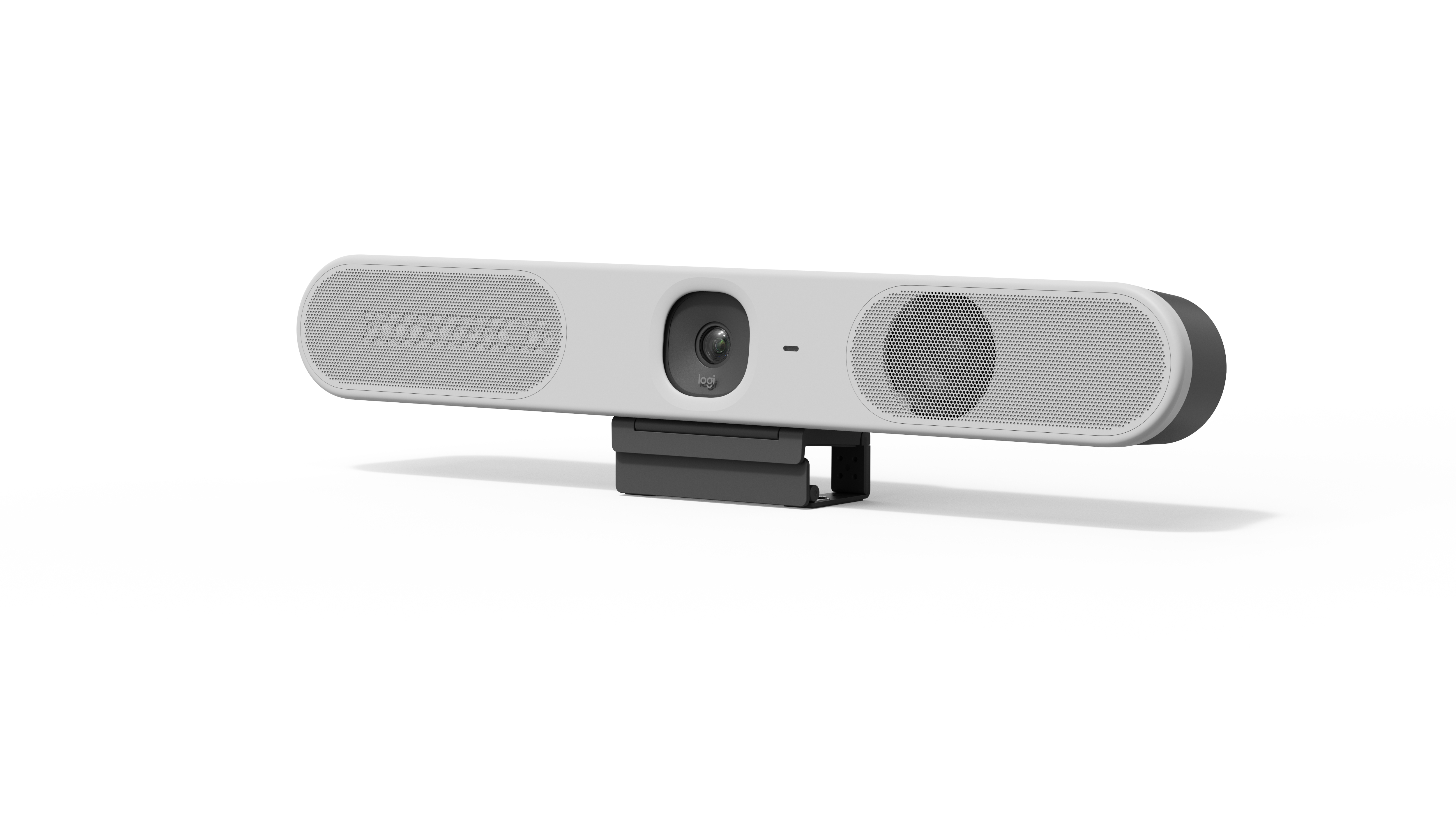
The rise of the hybrid employee may have leveled out, but hybrid work is not a fad in danger of fading away. In the more than four years since the pandemic caused a seismic shift to remote and hybrid work, the corporate world is still trying to adjust to the new workflows.
A 2024 study from Vizrt focused on the video communications side of the hybrid equation. The company’s report referenced Gallup research from last year that suggested low employee engagement may have reduced global GDP by 9%. Think about that—the damage that can be done by not properly engaging employees is rather significant.
[NOW TRENDING: 4 Hot Topics in Pro AV]
Here are more numbers from Vizrt’s employee engagement report, based on surveys of 1,000 U.S. and 1,000 U.K.-based employees conducted in May 2024 by OnePoll.
- 69% feel the quality of communications from their company affects how engaged they are as an employee.
- 49% of employees agreed that good quality video communication positively impacts their motivation.
- 67% of respondents agreed video communications technologies in town halls are more effective than other methods at helping them feel more aligned with the company’s vision and understanding business updates.
- 88% of respondents agree that audio quality is important and 85% say video quality is important for employer communications.
- 40% of employees would consider leaving their company if its video communication efforts were poor.
That last number really stresses why having the right technology is imperative to retain a company’s workforce. Despite the surprising number, it is not a new conversation by any means. At the 2024 AV/IT Summit, Matt Morgan from Ross Video emphasized the importance of robust communication systems, especially in workplaces with a mix of remote and in-person work. Ashish Maru of Red Thread added that, “having that engaged infrastructure is important," and employees need to be able to express themselves through communication without being hindered by technology.

The key, of course, is meeting equity. Technology designed for the hybrid workplace—especially when it comes to video and audio—needs to make the remote employee feel just as much part of the meeting as those in the conference room. As David Albright said in discussing his five pillars of the new workplace paradigm, “even within a WFH setup, repeatable success is important. For example, companies need to accommodate remote meetings from home with a desktop camera and lighting that ensure high-quality videoconferencing and streaming—and easily integrates with a speaker and microphone.”
In September 2023, Shure released research findings that showed that while hybrid meeting environments are the current working model, organizations are not equipped with the tools needed for effective communication. As a result, employees are left discouraged and disengaged, creating a cycle of frustration. The report noted that the inability for hybrid technology to work repeatedly was the “invisible influencer.” Sound familiar?

That report led Cindy Davis from AV Technology to dig deeper. In April, she spoke with 30 industry thought leaders to find out where we were with hybrid. Many felt the industry is getting closer.
“Organizations are reshaping business culture, so their physical workplace and technology investments must meet the evolving needs of their workforce,” Yannic Laleeuwe, marketing director of Meeting Experience at Barco ClickShare, told Davis. “When employees work from home, they should feel seen and heard and enjoy equal opportunities to contribute. Video technology plays an essential role in bringing inclusivity and equity to the meeting room.”
So, what are some of the solutions that can enhance the experience and improve employee satisfaction, and thus keep retention on a high level. Take all-in-one videobars, for example. These solutions have moved from a static bar under a display to all-encompassing solutions that bring the remote participant into the conversation.

"While the disadvantage can be lack of options that address unique organizational needs, continued innovation has successfully addressed this challenge," Nathan Coutinho, head of analyst relations and business strategy at Logitech, told SCN in March. “From the use of AI for improved call quality to offering a variety of sizes and pricing to building products with sustainability in mind, the videoconferencing product experience is elevated to offer mostly benefits and make the purchasing decision tailored and easier.”
While Vizrt’s report was focused mainly on video, audio cannot be ignored in the hybrid workplace. Earlier this year, SCN took a look at in-ceiling speakers and how the right ones can bring everyone—whether in the office or away from it—closer to meeting equity. “Among the most popular uses are meeting rooms, public spaces, and any flexible spaces that require an evenly distributed audio system that is out of sight, but still delivers a good listening experience,” Nalle Magnusson, product manager at Shure, told SCN. “The system often provides speech amplification for the meeting room, either from a far-end codec or an in-room microphone system.”
It seems every few months, we get new data that suggests very similar findings. The hybrid workplace is here for good, yet we simply aren’t “there” yet with making employees comfortable all the time. It is a topic we have not shied away from at AV Network and will continue to explore until there is meeting equity for all.







